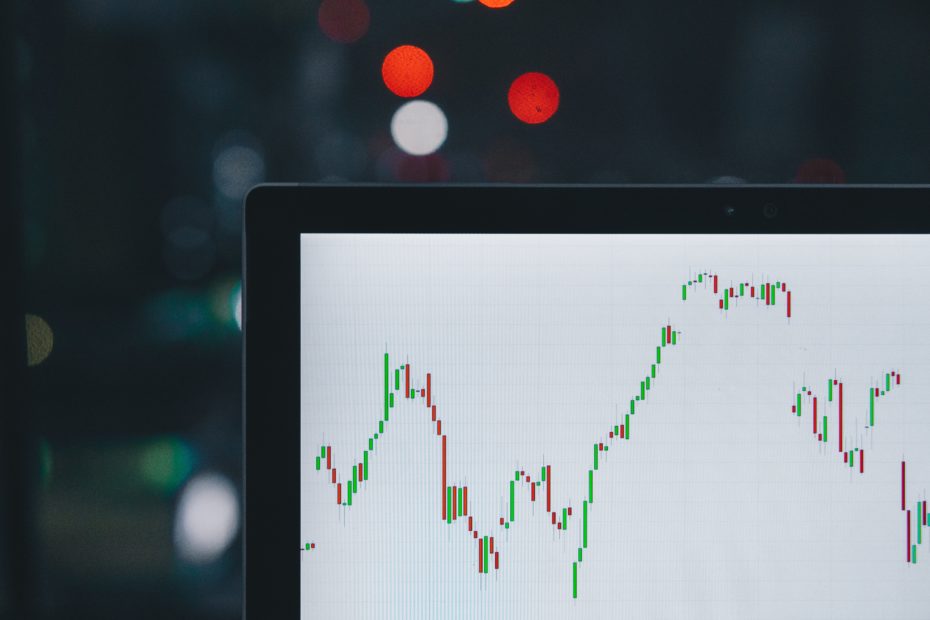Of the basic types of stock trading exchanges, stop orders are the only ones that are designed specifically to cut loss. They allow investors to buy a rising stock before it gets too high, or bail on a falling stock before it drops too low.
Stop-Loss Orders in Buying or Selling Stocks
Stop orders use the same components as do limit orders, but they are utilized for reciprocal purposes. The difference between stop and limit orders is that stop orders buy at prices above market value when orders are placed, and sell at values below market value, (instead of buying at lower rates, and selling for greater return), because they are designed to cut loss. This means that if a stock begins to rise, an investor can buy before it gets too high, or if a possessed stock begins to fall, via stop order, he or she may unload it before it drops too low.
Example of a Buy Stop-Loss Order in Stock Exchange
Suppose that a trader is looking into purchasing stock X, which she thinks might begin to pick up and rise in value. If X presently trades at $4 per share, and the investor can see, by using trading tools at online sites like Robinhood, E-Trade, and TD Ameritrade that it has averaged much more than $4 per share in the recent past.
So, she could set a buy stop order to purchase a specified number of shares of X at $5 per share, which would only fill if X should rise to $5 or higher while the order remained live (this, however, does not protect against surges in market value; if X rapidly increased to, say, $6, the stop would buy there, losing more for the investor. To protect from this, stop-limit orders must be utilized). All in all, this buy trade would purchase once a stock reaches a certain value, so that the investor would have it, and X would hopefully continue rising.
Example of a Sell Stop Order in Trading Stocks
Suppose that a trader holds many shares of stock Y, which he feels might be liable to drop in the near future. If Y presently trades at $10 per share, the trader might place a sell stop-loss order to unload it at $9, in case it begins to drop. Then, if Y should indeed drop, once it hits the stop price at $9, the sale would be filled.
However, if Y dropped rapidly, it might fall well below $9 per share before the sale was filled. To protect against this, stop-limit exchanges, which monitor the upper and lower limits of buys and sells should be utilized (although, in such a scenario as this, where Y plummets, a stop-limit might simply prevent a sale, but it might be worth holding onto Y to see if it rises again at a later date).
Very basic trades (although their components are used in complex exchanges, such as stop-limit and trailing stop orders), stop-loss orders are great for limiting risk. Investors of all levels should be familiar with these, as they assist traders in buying hot stocks, or in bailing on plummeting securities.
By clicking on the click and signing up for an account, I earn a commission, no extra on your part 🙂
